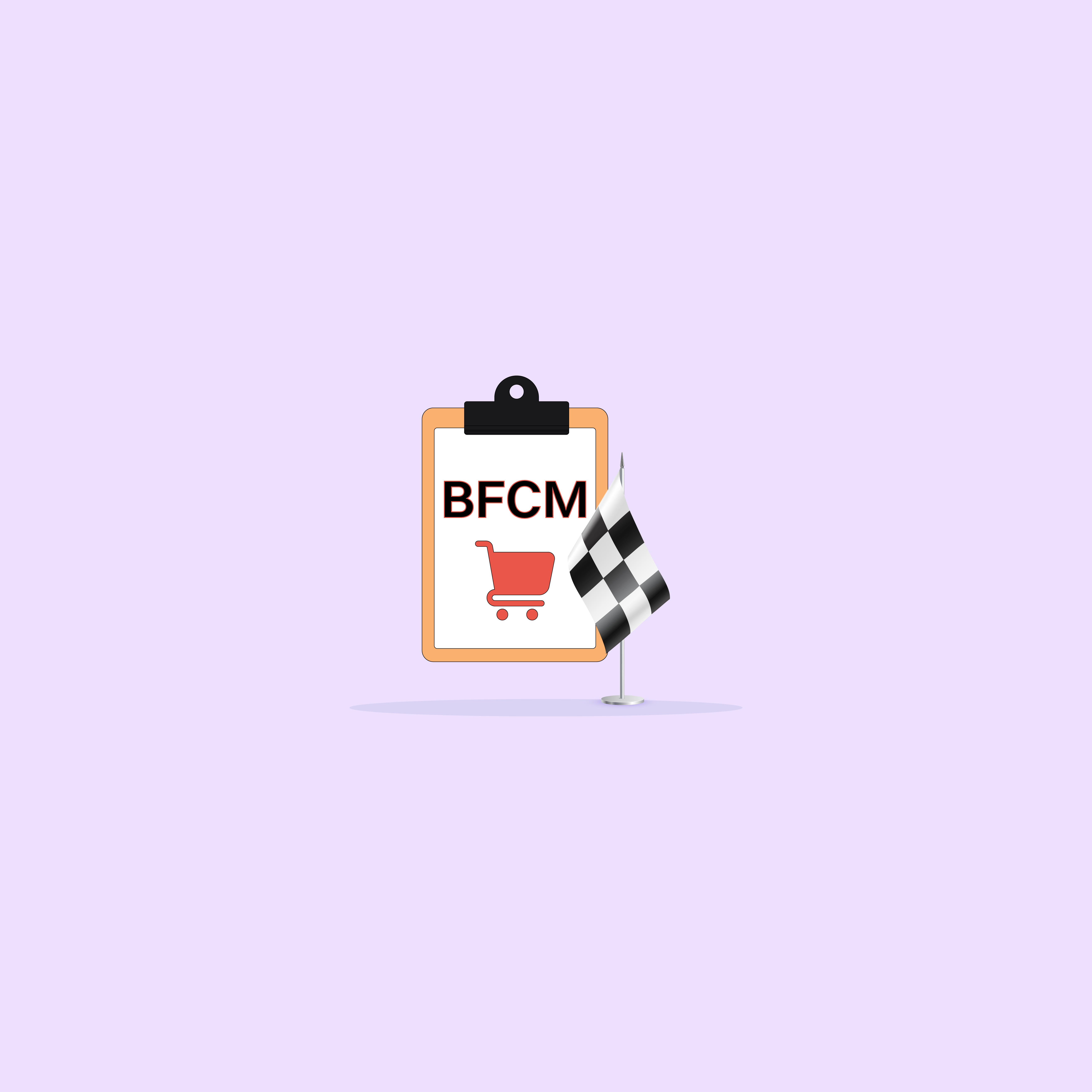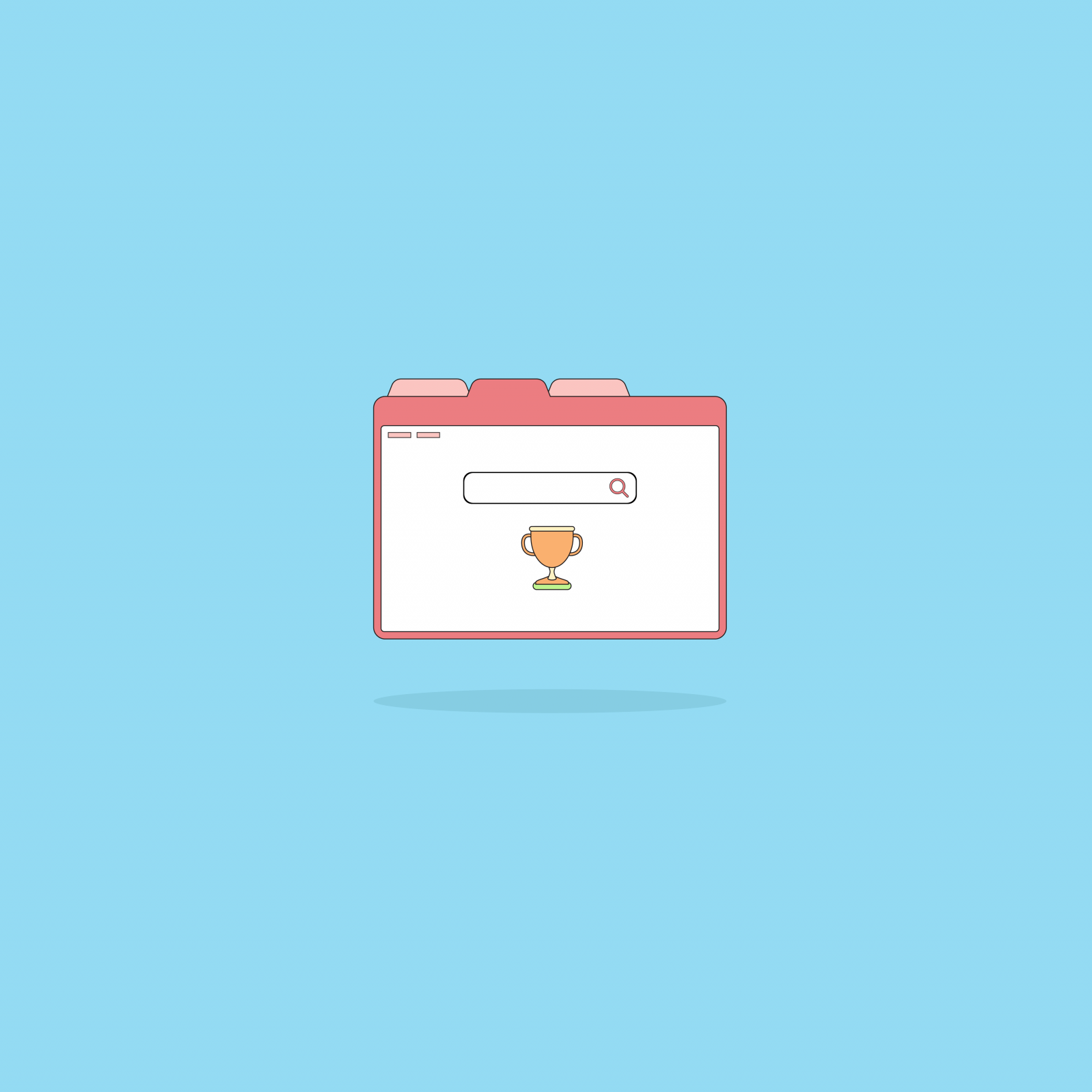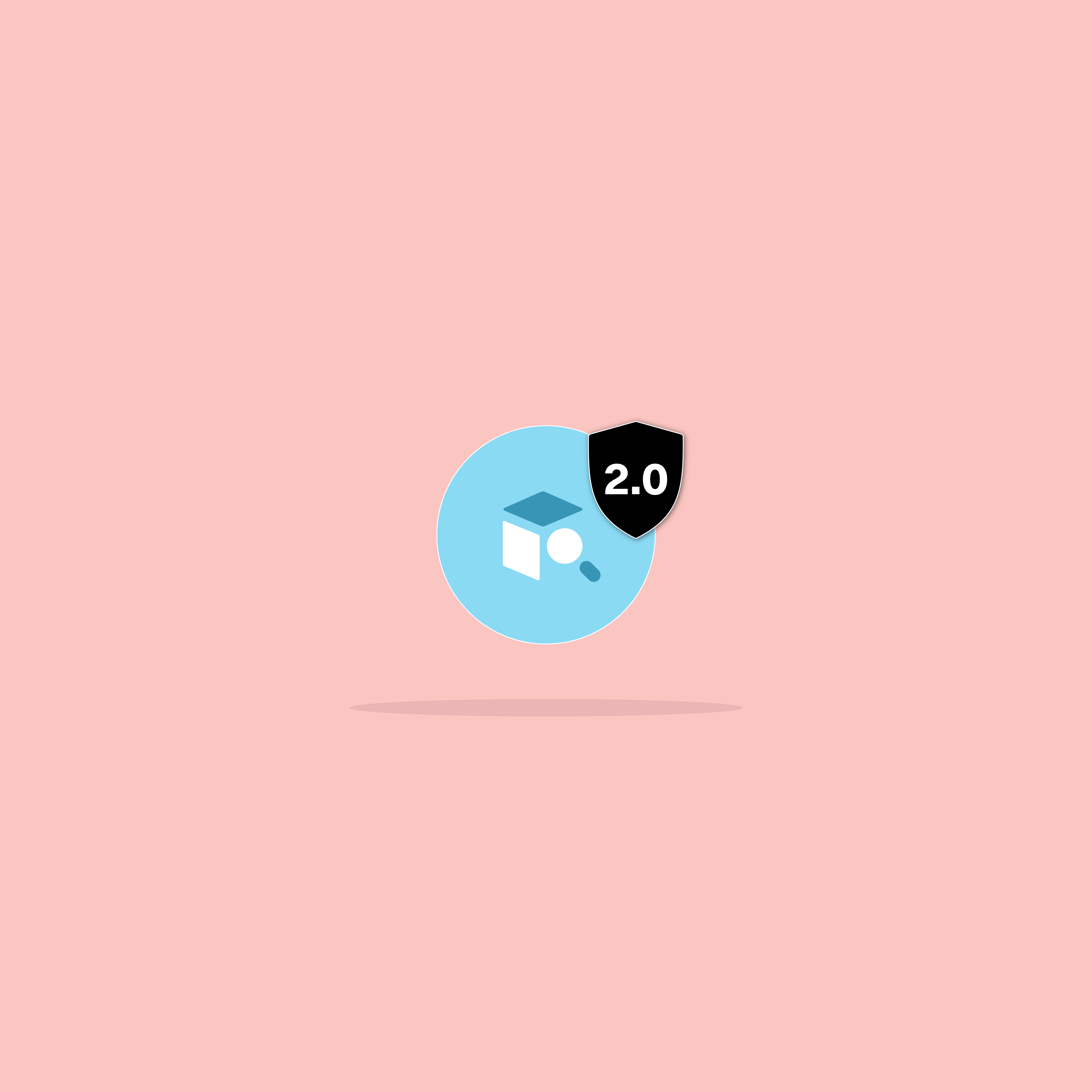Our websites use cookies. By continuing, we assume your permission to deploy cookies as detailed in our Privacy Policy.
Product Descriptions Optimisation for Different Customers in 6 Simple Steps
In terms of online purchase habits, people put a lot of faith and trust in the product descriptions of whichever item they are interested in buying. Whether you operate as a small independent online store or as a large international reseller, the product descriptions you feature will make or break your sales.
According to Big Commerce, 27% of surveyed buyers expressed that the worst part of online shopping is the inability to test the product out personally. The same survey reveals that 28% of customers use Amazon not because of competitive pricing but for the level of convenience the website has on offer. This makes it pivotal for product descriptions you write to be as approachable, understandable and professional as possible. With that in mind, let’s take a look at several steps and guidelines which will help you adjust the tone of your product descriptions for different customer profiles in order to seal the deal that much more quickly.
Build a Customer Profile
One of the best ways to adjust your product descriptions to match your customers’ wants and needs is to establish a customer profile. A customer profile typically represents the perfect customer, one who would be interested in your products the most. You can establish who your perfect purchase candidate is through several simple questions:
- How old is your customer and of what gender are they?
- What is their professional and educational background?
- What problems do they have which can be solved through your products?
- How would this customer describe your products to their social circles?
- Are they a recurring or a one-time customer?
Separate Features from Benefits
It’s no secret that online customers skim through product descriptions due to the volume of products on offer. You can take advantage of that fact by clearly segmenting your descriptions into different categories. Your products’ features should be preceded by direct benefits to the consumer, not the other way around.
People are generally more interested in immediate benefits they might receive rather than technical details of a certain product. Split up your product description into short paragraphs and use simple, informative sentences without fluff. This will cause the engagement rates to spike since your product descriptions will become more legible even to non-native speakers.
Implement a Storytelling Approach
When it comes to product demonstration, you don’t have to create professional videos and how-to tutorials (although they can be a plus). Instead, you can rely on storytelling in product description writing and place your products in familiar everyday situations.
For example, a toaster might be the perfect addition to a family breakfast, just before the parents and kids go to work and school respectively. These familiar situations prove to be powerful drives for online customers just as they are effective when seen on TV or radio advertisement.
If you don’t have a copywriter in-house, you can refer to Trust My Paper as a writing platform of choice to get your storytelling segments in order. Remember that the (fictitious) scenarios you come up with for your products should cater to the customer profile you defined earlier – only then will you achieve higher engagement rates and subsequent revenue.
Write Casually, Act Professionally
Catering to any customer online is a matter of meeting them halfway. It’s worth noting that eCommerce product descriptions typically target the B2C sector and not B2B. This makes it worthwhile to write product descriptions in a casual tone of voice without relying on big words and advertisement jargon.
Instead, place yourself in the position of explaining what a certain product is to a friend or an acquaintance. Respect your potential customers’ time and intelligence rather than rely on tropes and cliché sales words. You can also refer to platforms such as Hemingway and Grammarly to make the texts you write as readable and error-proof as possible.
However, it’s worth pointing out that your casual tone of voice should still be professional and respectful. Achieving a good balance of the two can be difficult no matter what product you have on offer, so give it some time and test things out. Once you find a tone that works for you and the customers alike apply the same principle across all of your products and their descriptions.
Use the right SEO Keywords
While not directly related to how your product descriptions are perceived, SEO should still be high on your list of priorities. Search Engine Optimization (SEO) remains a pivotal element of whether or not an eCommerce website will show up in organic search engine results.
This means that keyword optimisation will indeed help your cause and bring more traffic to your storefront no matter if you operate locally or globally. Be careful of keyword stuffing since too many keywords in a single page will have the opposite effect and flag your content as spam or unimportant to a customer’s search query.
In order to do that, however, you will need to refer to platforms such as Google Keyword Planner and SEM Rush. These tools are specifically fitted to conduct keyword research for you, allowing you to implement trending buzzwords and phrases into your product descriptions.
Include Calls to Action
Lastly, the most impactful part of any product description or marketing content, in general, is the call to action. Calls to action (CTA) are a popular marketing tool capable of selling a product or a service to customers both online and off.
These phrases usually consist of literal “calls” to a certain action once a potential customer has read enough about a product they might want to purchase. You can place CTAs at the end of your product descriptions (where they usually belong) or get creative and “surprise” your potential customers with unorthodox CTA placement.
Simple messages such as “Purchase now” or “Don’t wait and receive a discount” work wonders most of the time. Depending on the customer profile you work with, you should adapt your CTAs so that they don’t appear hollow or robotic but rather inviting and friendly.
In Summary
The best way to discover what tone of voice works for your audience is to test different possibilities. Don’t settle for a single solution and try to apply various approaches to product description writing and formatting.
Listen to audience feedback and take critical suggestions seriously in terms of product page optimisation. Before you know it, you will have a functional product description writing system with good engagement rates and revenue income as a result of your efforts.
Bio
Marie Fincher is a content writer with a background in marketing, technology and business intelligence. She frequently writes about data science, BI, new marketing trends and branding strategies. Marie gradually changed her focus from working in marketing to writing about it. She regularly contributes to a blog called 3to5marketing.








